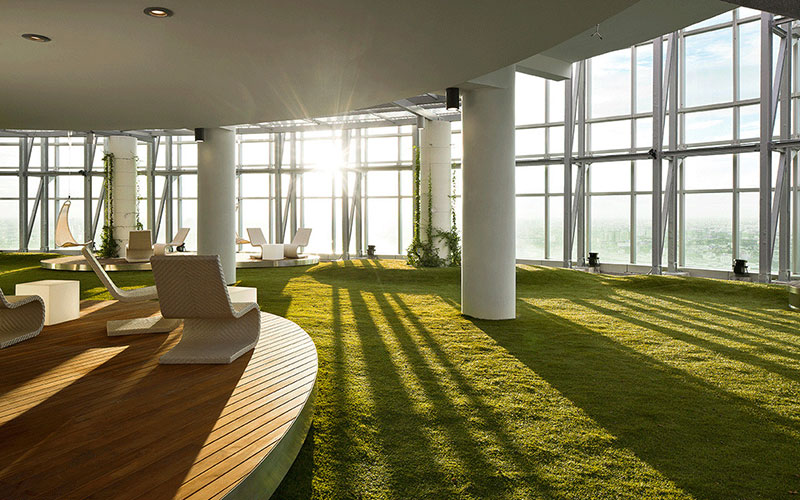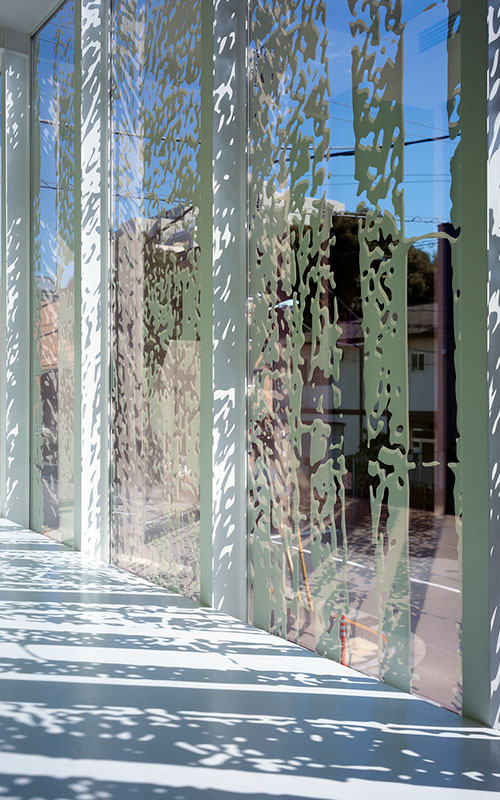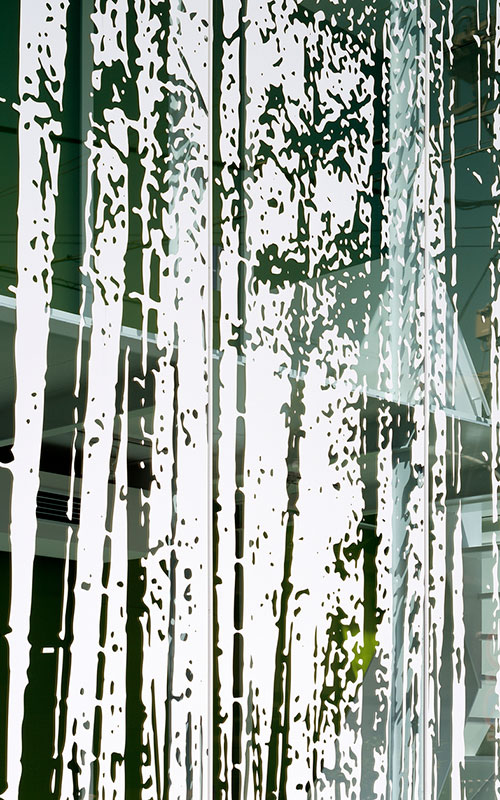
OUTDOOR USE

KNIFE e-Cut

PTTEP Headquarters, Bangkok. Design by HASSELL
Since the lesson of Les Corbusier, during the early decades of the 1900s, transparent surfaces have become a fundamental element in architecture, to interrupt that sharp division between inside and outside, between private and public, which had characterized the previous Victorian age.
Glass and steel have involved ever larger portions in building facades, to the point of completely replacing the masonry parts in skyscrapers. This massive use of metal and glass immediately highlighted an issue: both are excellent thermal conductors. That might be good, in a conductor system, but absolute negative in a building, where it means hot in summer and cold in winter.
More over, direct sunlight is also responsible for the deterioration of fabrics, woods, art masterpieces and much more. To face this side aspect, before energy sustainability became a priority, industry developed several solutions known as Solar Films. It is a very technical field in which confrontation with experts is essential.
If for centuries we have limited ourselves to pulling a curtain, to keep the sun at bay, today we have understood that instead it is an increasingly important partner to dialogue and deal with: the sun can produce energy, it can affect on light and shadow, define different atmospheres, according to day time.
Learning how to best manage it, is an exciting challenge.



